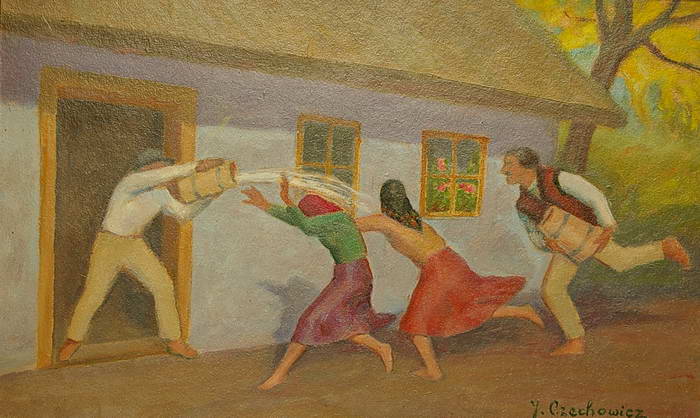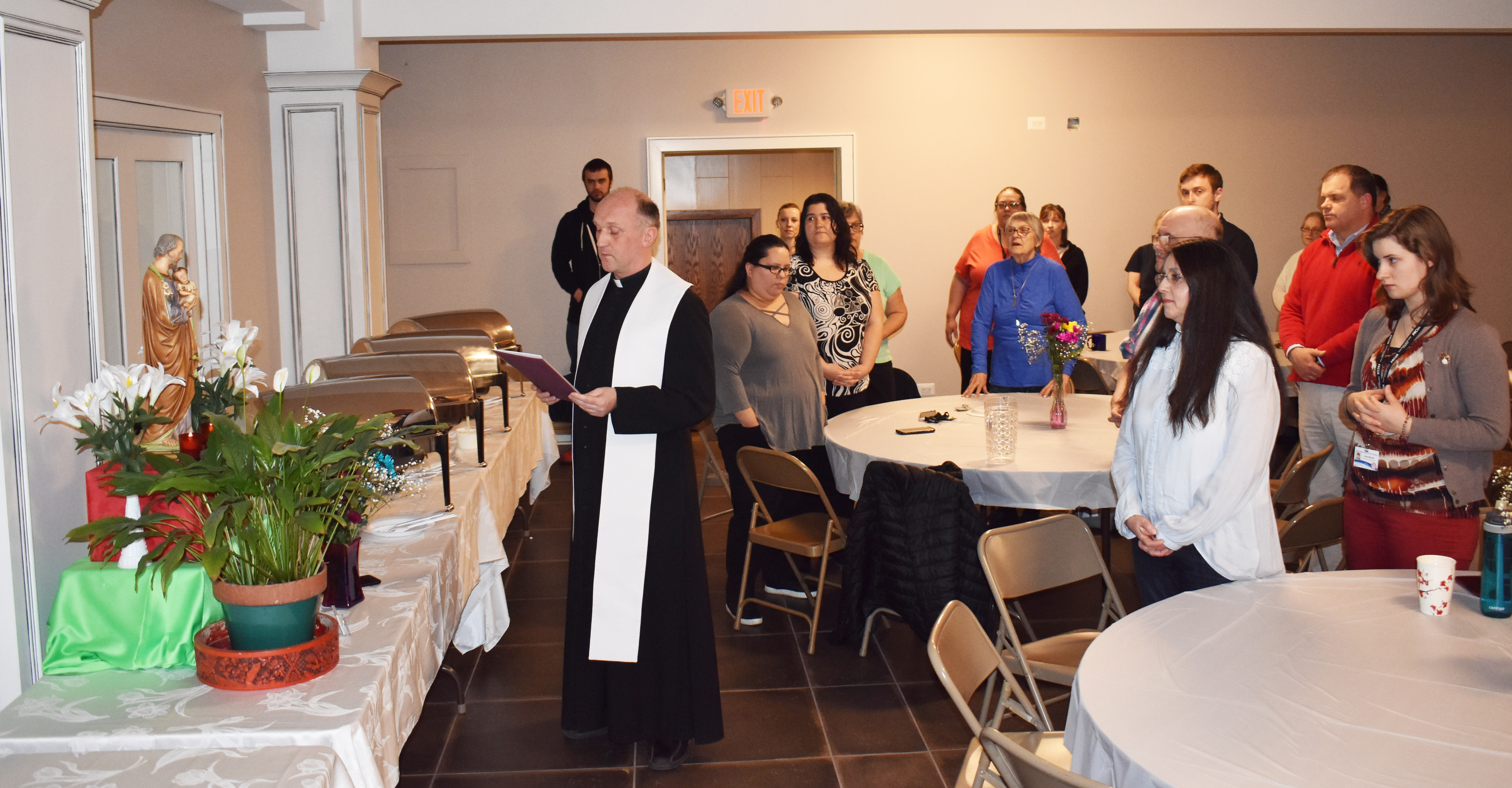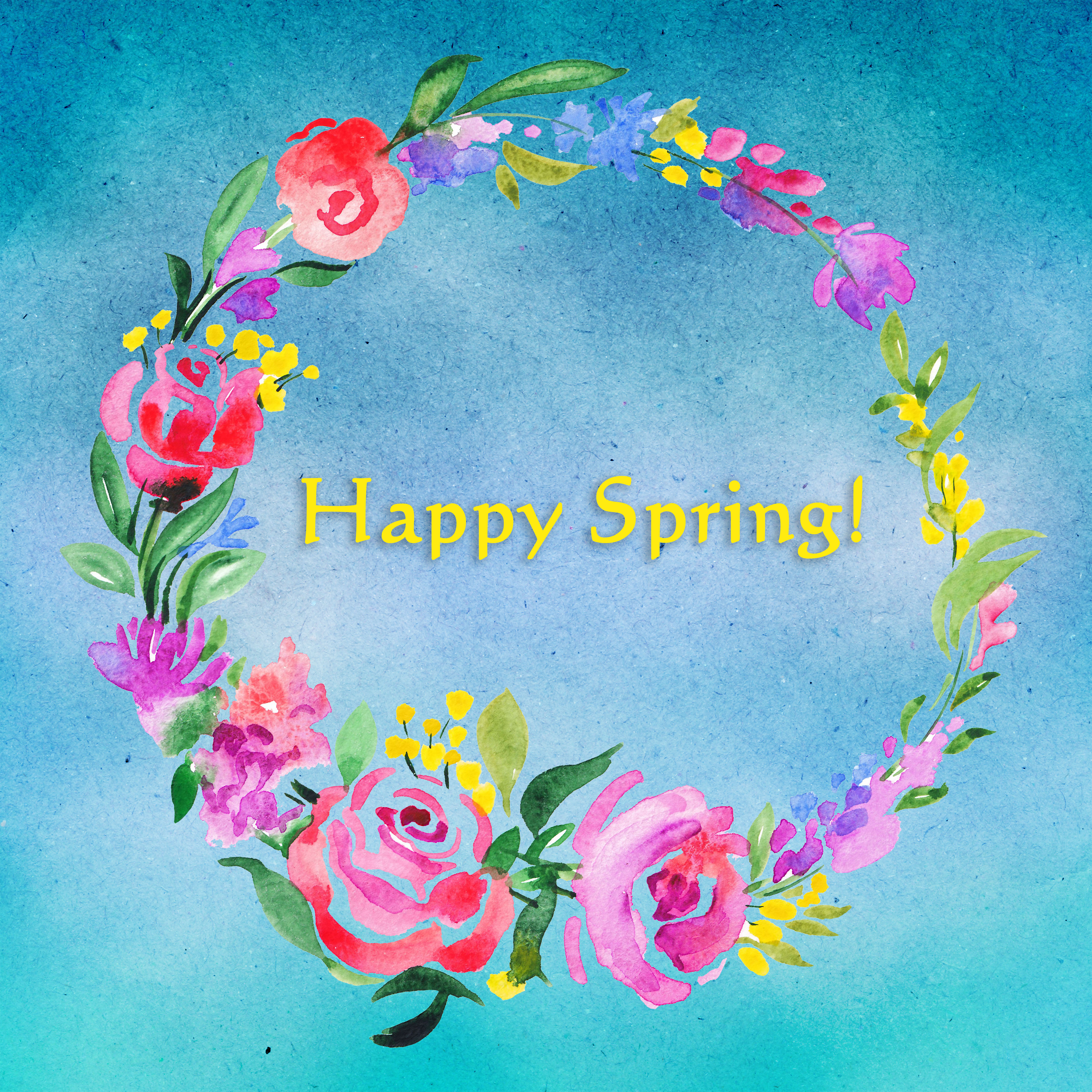Poland’s culture is rich in traditions that celebrate the coming of spring and the Easter season. While some of these customs are still practiced, they have morphed over time to reflect the present along with the past.
Marzanna
The drowning of Marzanna occurs on the first day of spring. It is an old pagan ritual in which an effigy of a woman, often made of straw, is first burned, then thrown into the river. The word marzanna comes from the word marznąć and the ritual symbolizes the end of the cold, harsh months of winter and the beginning of the spring season. Today, kids or scouts usually continue the tradition in Poland.
Śmigus Dyngus
Śmigus Dyngus is celebrated on Easter Monday in Poland, which both a religious and national holiday in the country. On this day, young people throw water at others, which symbolizes a renewed baptism. Long ago, it was also one of the ways men would court women.

Kogucik
Celebrated on Easter Monday, teenage boys would tie a rooster to a two-wheeled cart and parade from house to house through the village with it. As the rooster crowed, the boys poked girls with specially-made skewers and sang songs. The rooster symbolized male vitality and the way men courted women. It also was thought to bring health to the family. As time passed, a rooster made of clay or dough replaced a live one. A rooster is called kogut in Polish and the word kogucik is a diminutive form of the word.
Gaik
The gaik is an old Slavic tradition dating back to pagan times, whereby people would make a large decoration of greenery and walk through the village to greet spring. It is still practiced in some villages in Poland and other Slavic countries today. Gaik derives from the word gaj, or grove, that was oftentimes enclosed so that intruders would not enter.
The Feast Day of St. Joseph
Joseph is a popular name in Poland. Because the feast day falls during Lent, Poles celebrating St. Joseph’s names day (imieniny) would prepare a feast of meatless dishes and decorate their houses with white and red, as well as with holy cards and candles around the food. Church hymns on this day include: Duszo moja, O Jozefie Ukochany, and Szczesliwy, Kto Sobie Patrona. As early as the 10th Century, March 19 was dedicated as St. Joseph’s Feast Day in many calendars.

PRCUA staff celebrating St. Joseph’s Day with a traditional St. Joseph’s Table luncheon.
Enjoy your Spring and remember your roots by celebrating one of these age old customs!
-Written by Conrad Wiecek


